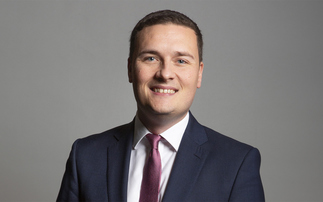So the employee health risk assessment is in place, but are you measuring what you think you are? Dr Peter Mills explains the pitfalls
According to the most recent Global Wellness Survey by Buck Consultants, about 46% of UK organisations use a health risk assessment (HRA) to shape the focus of their employee health programme initiatives, with a further 23% considering including an HRA in their programme design in the near future.
Couple this with the fact the majority, if not all, of the major private medical insurers also offer their clients an HRA as part of their corporate health programmes, it is clear health and wellbeing in the workplace is here to stay.
Employee health has been transformed over the past decade. As recently as 2001, there were only a handful of British companies who had any interest in the wellbeing of their employees, with the majority believing that their health was the responsibility of the individual and the government.
2001-2011: A HEALTH ODYSSEY
Fast forward to 2011 and it is evident that there has been a sea change in perceptions, helped in no small part by the publication of numerous research articles demonstrating the relationship between the state of an employee's health and business performance metrics such as productivity, engagement and absenteeism.
We now have a much more mature landscape, with some organisations even creating dedicated roles that have the sole responsibility of implementing corporate health strategy.
But with maturity should come reflection and, specifically, an evaluation of the methods used to engage staff in health improvement initiatives.
Central to many employee health initiatives is the HRA, a tool that captures self-reported health behaviours and health status.
Many see this as a means to an end and indeed they would not be totally wrong in that assertion.
Research has shown that simply completing an HRA is probably not a big enough stimulus to actually get individuals to change their lifestyles. Appropriately targeted programmes and initiatives are needed for this.
But lets take a step back - how confident are you that the HRA that you are using is actually measuring what you think it is measuring?
Let me explain. It is easy to create a questionnaire, give anyone a piece of paper and a pen, and they will probably come up with a reasonable list of questions and possible answers within an hour or two.
However, what is more difficult is making sure that the questions and responses are meaningful and understandable to the audience completing them, and that they accurately reflect their true health status.
It is also imperative that the amalgamated output from any questionnaire accurately categorises the population into risk-related groups.
If this does not occur, the whole basis for the type and focus of your interventions may be fundamentally skewed.











